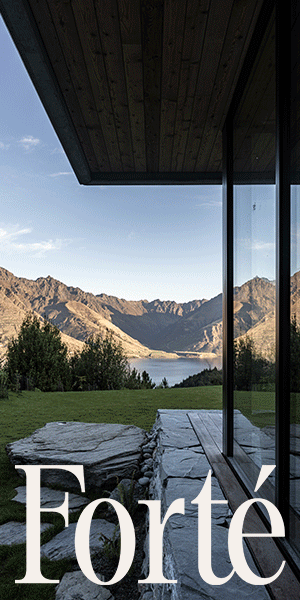Landscape architect and urban designer Garth Falconer, founder of Reset Urban Design, spoke to us about the emerging polycentric city, the challenges of traditional town centres, and where to from here as we plan and reinvent our urban fabric.
In Takapuna, the pace is slower than in other suburban centres in Auckland. There’s a leisurely, beach-like feel to it, especially on Hurstmere Road — the suburb’s shopping and eatery hub — where people and vehicles share the road.
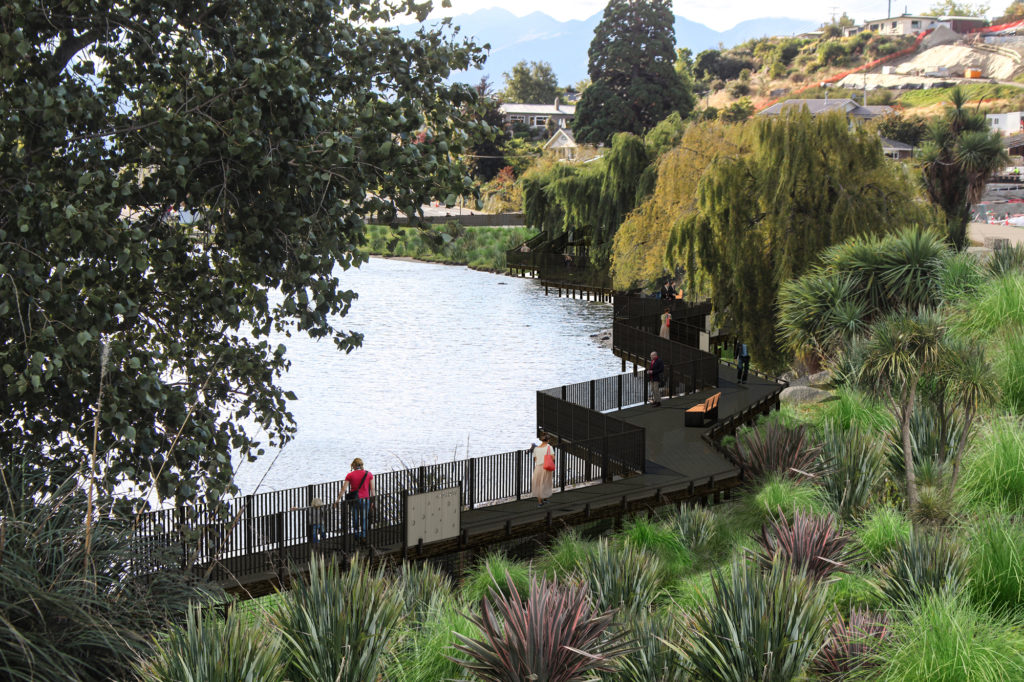
Takapuna, considered in isolation, feels more like a contemporary European centre where people can easily get around on foot or by cycle — and that type of travel is prioritised and encouraged. It’s also a place with a lot of potential. There’s a transport hub and workplaces; it’s a relatively central location in the context of Auckland’s urban sprawl; and there’s space — and zoning — to build up instead of out.
“Yet nobody really lives right in Takapuna in this area. There’s large car parks and plenty of land that could be used to build clever, higher density developments, but we just aren’t doing that. I think Takapuna could become a well-considered version of the Gold Coast, where people live in close proximity to the beach, town centre, and their workplaces,” Garth Falconer tells us.

“To move forward, we need to consider humanising our town centres to reassert human presence, which is the lifeblood of any centre — the movement, the activity, and the vitality that people bring to a space.
“We have inherited town centres that were built for a different purpose, where urban form was a response to centralised [traffic] movement, and as a result they struggle to have a purpose. For example, Christchurch was a classic monocentric city that has gone outwards and become decentralised. In Auckland, too, you have to ask why would you want to go to work or live in the central city? Is it healthy, safe, and comfortable to live in?”
Garth’s work on town centres in New Zealand is wide-ranging, and two of Reset’s latest projects are testament to his forward-thinking approach — they are projects that represent a vibrant departure from the norm.
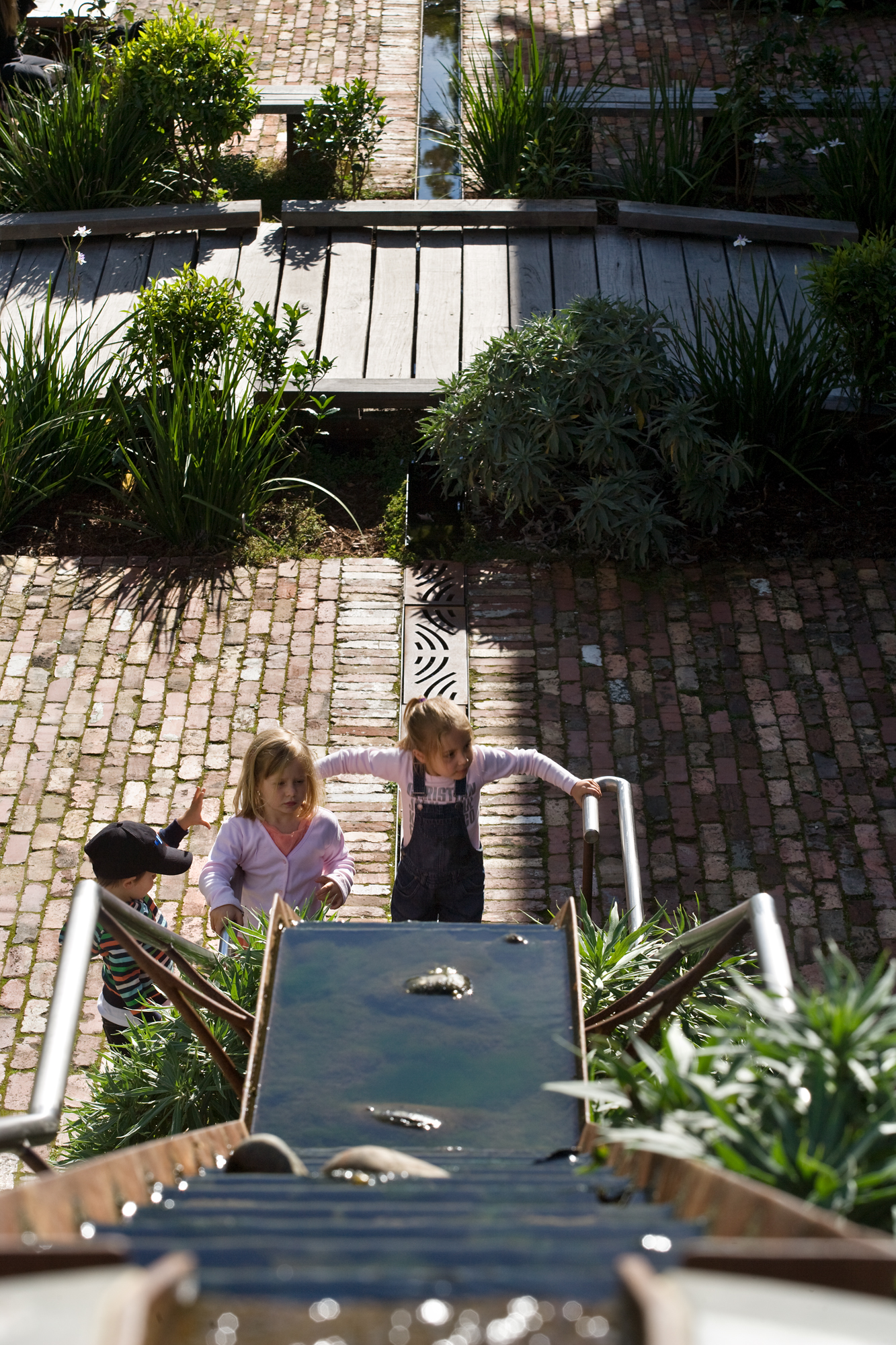
Hurstmere Road, Takapuna, is a prime example. Sitting in the Reset office looking out over stage one of the team’s redevelopment below, where people meander back and forth between workplaces, eateries, and retailers, pausing to sit on various public seats, moving between sculptural elements and greenery, it’s clear this thinking will define urban design in New Zealand going forward.
The same is true in Wanaka, arguably one of the country’s most scenic destinations yet a town that had a centre positioned around drive-by visits rather than its spectacular lakefront.
That’s changed since the construction of Reset’s designs — they’re still under way in stages but already the difference is notable.
“In Wanaka, we are gradually working towards making the change from it being a drive-by destination to a place where you dwell for longer; one where you congregate, exchange, and learn. It is becoming a central place for culture, and one with a narrative, with a respect for our diverse society and culture in a wider perspective. It is a collective cultural space. It’s healthy, informed, and it puts people in closer proximity to natural seasons and environments — it’s about the history of the space and the natural systems around it.
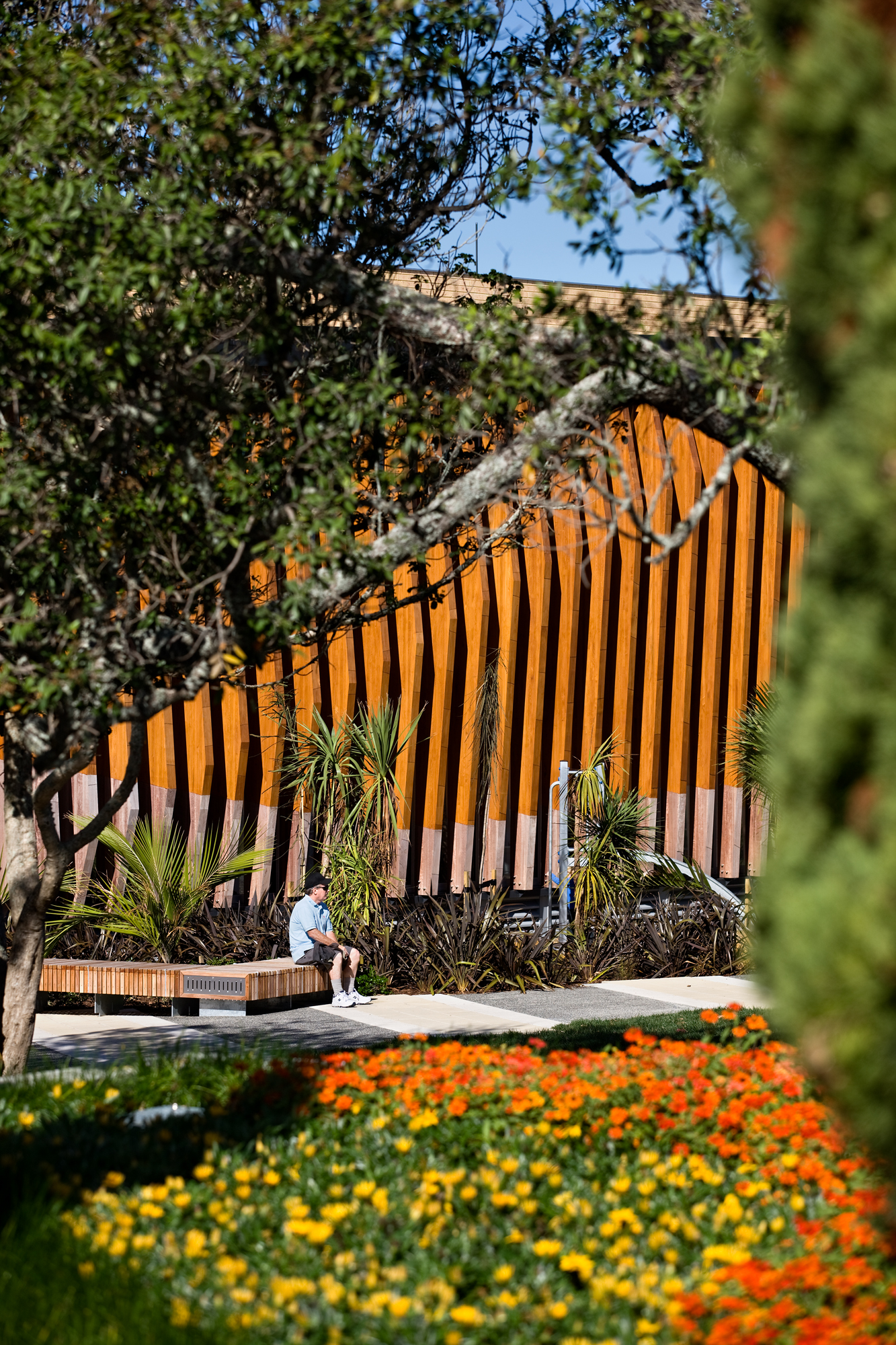
“A fresh outlook on town centres, where a human focus is prioritised, is crucial for us to create meaning and relevance, and to give us purpose,” Garth says. “The current global climate is feeding a real desire for meaning in life, to an extent I’ve never seen before.”
In Wanaka, that meaning is unfolding steadily with a 200-metre boardwalk around the lakefront, a foreshore park, a central village green, and extensive planting — a green ribbon around the lakefront.
“The concept of ‘home’ is central to our identity. We are home in the Pacific, in Aotearoa. We may be at home in Piha or Rolleston. Home can be a variety of different places, not just a house. It might be a neighbourhood or a suburb. Home is something that gives us respite, refuge, retreat, and sustenance,” Garth explains.
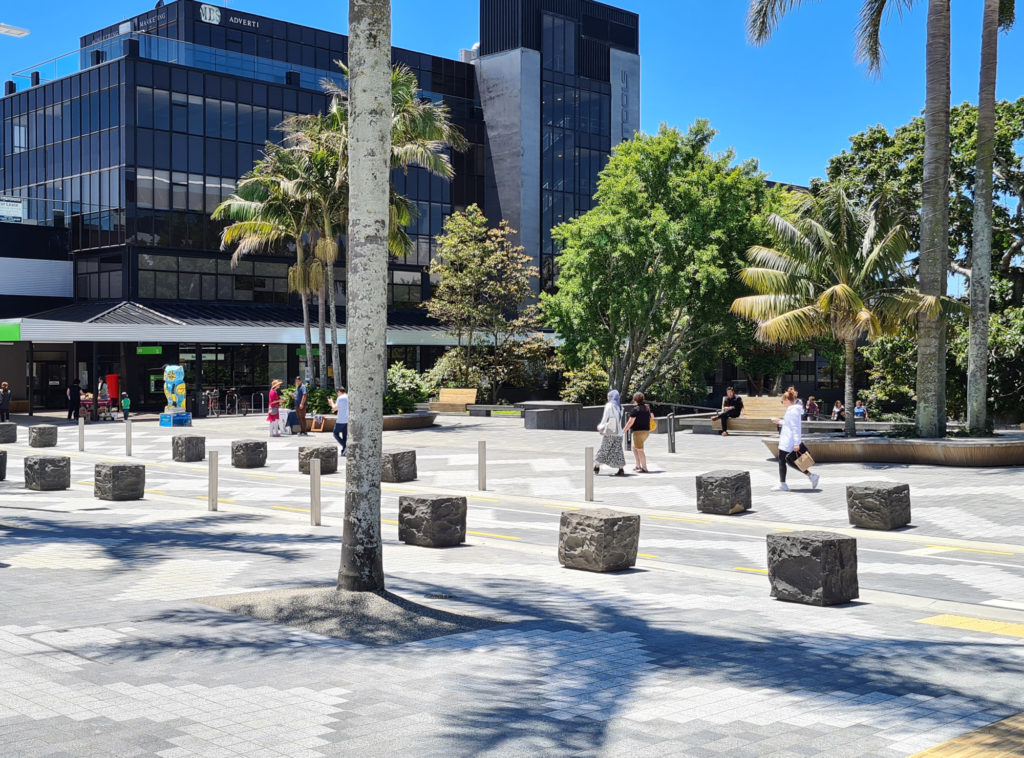
In the context of Reset’s work, ‘home’ is in the layers of urban and social fabric of our towns and cities. It is in the moments of social and cultural connection and environmental understanding. It is a sense of place that is relevant, inclusive, and environmentally focused.
“In order to remain truly resourceful and adaptive in New Zealand, we need to change our outlook,” Garth contends. “As part of that, we need to embrace the concept of the polycentric city, where a large city is conceived of being made up of a series of small villages — an integrated series of homes for us to dwell [in] empathetically.”
Garth’s vision is clear, and arguably presents a key way forward as we move into a world where local and global tourism look different and our cities evolve from sprawling centres to ‘cities of villages’.
Words: Clare Chapman
Images: Simon Devitt
